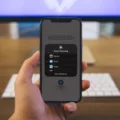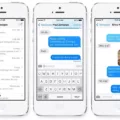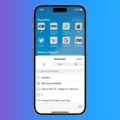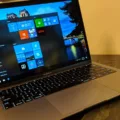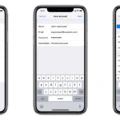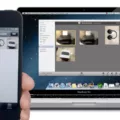It can be extremely frustrating when you try to export your iPhone memories, only to be met with an error message. Unfortunately, this is a common occurrence and there are several reasons why it might happen. In this blog post, we’ll take a look at some of the most common reasons for export failures and how to fix them.
One of the most common causes of export failure is copyright infringement. If you’re trying to export a memory that contains copyrighted music or images, it’s likely that the software will prevent it from being exported. This is due to Apple’s strict copyright policies, which don’t allow users to share copyrighted content without permission from the original creator.
Another possible cause of an export failure is if your iOS isn’t up-to-date. To ensure everything runs smoothly, make sure you have the latest version of iOS installed on your device before attempting an export. You can check for updates in Settings > General > Software Update or by using iTunes on your computer.
Finally, if you’ve tried all of the above and still can’t get your memory exported, try making multiple memory movies usig different days or months. This could help isolate any possible issues with specific dates and gives you more chances to successfully save your memories.
We hope this blog post has helped you understand some of the causes of failed exports on iPhone memories and how to fix them. If you’re still struggling aftr trying all of these fixes then it may be best to contact Apple support for further assistance.
Exporting iPhone Memories
To export iPhone Memories, firt open the Photos app on your iPhone. Then click on the ‘Memories’ tab in the sidebar at the bottom of the screen. Here you will see a list of all your Memories videos and photos. Double-click a Memory to view its photos.
Then click ‘Show All’ and choose ‘Edit > Select All’ to select all of the photos or individual photos you want to export. Once you have made your selection, click the Share button in the top rigt corner of the screen and choose how you want to share it. You can save it to your Camera Roll, share it via AirDrop, send it via email, or save it to iCloud Drive, Dropbox or other cloud storage services.
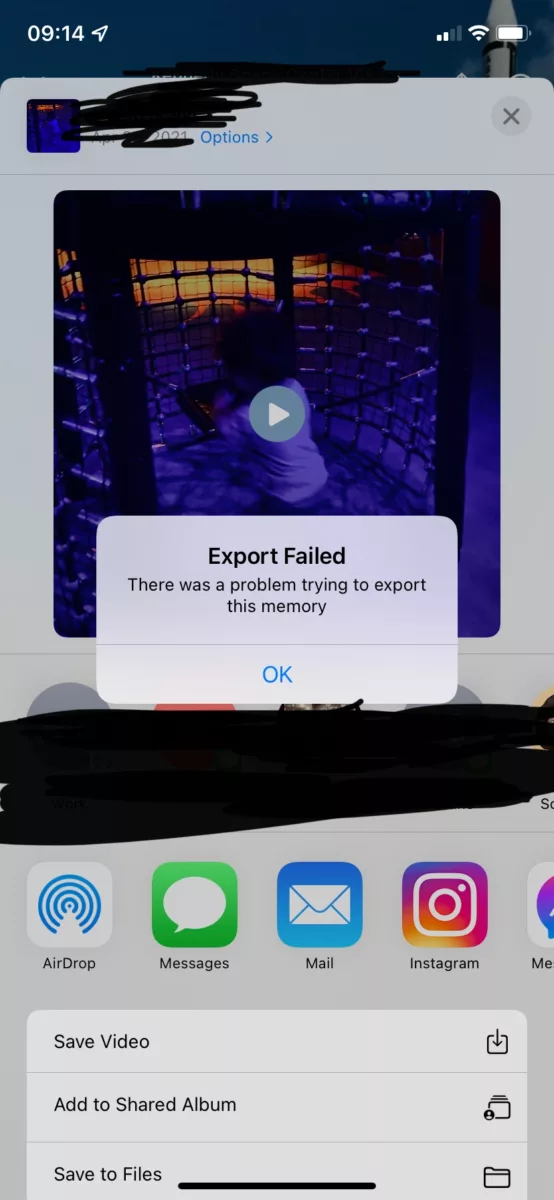
Can You Send IPhone Memories?
Yes, you can send iPhone memories. To do so, open the Photos app on your iPhone and locate the memory you would like to share. Tap the Share button in the bottom left corner and select how you would like to share it (e.g. Message, Mail, AirDrop, etc.). You may also choose to save it to iCloud or othr cloud storage services if you prefer.
Troubleshooting iPhone’s Inability to Play Memory Movie
There are a few potential reasons why your iPhone may not be able to play a Memory movie:
1. The video file type may not be supported by the software on your iPhone. Memory movies are typically saved as .mov files, so if you’re trying to open anoher type of video file, your iPhone may not be able to view it.
2. Your iOS version may be outdated. Make sure you have the latest version of iOS installed on your device for optimal performance. You can check for updates in the Settings app or visit Apple Support for more information.
3. The memory movie culd be corrupted or damaged, which could prevent it from playing properly on your iPhone. Try creating another memory movie and see if that works better. If you continue to experience issues, contact Apple Support for further assistance.
Why Are Some Songs Not Shareable On Apple Memories?
Apple Memories is a feature of the Photos app on Apple devices. It allows users to curate teir favorite photos, videos, and music into a personalized mini-movie. The reason why some songs are not shareable is due to copyright laws. Any music that is copyrighted by a record label or artist must be licensed before it can be used in Memories or shared with others. This ensures that the artists and labels get paid for the use of their music, which helps support their work. Unfortunately, this means that if you want to share a Memory with a copyrighted song, you’ll need to choose one without copyright restrictions or find an alternative way to share your Memory.
Saving Memory Videos on an iPhone
Yes, you can save “memories” videos created by the Photos app on your iPhone or iPad. When playing the video, simply tap the sharing icon in the lower left corner of the screen and select “Save Video” to save it as an actual video file. You can then access the saved video from your Photos app in a separate album, or share it with another person through email or a messaging service.
Does Deleting iPhone Memories Affect Photos?
No, deleting iPhone memories does not delete photos. When you select the “Select” option on a memory page, it looks like it’s only deleting photos from that memory, however it is actually deleting them from both your iPhone and iCloud Photo Library. So wile you may be removing the photos from the memory, they are still being stored in other locations and can still be accessed.
Transferring Photos and Videos from an iPhone to a Memory Stick
Transferring photos and videos from your iPhone to a memory stick is easy with AnyTrans. First, connect your iPhone or iPad to your computer with a USB cable and then plug in your USB flash drive. Next, launch AnyTrans and click on the “Device Manager” option. On the next page, click on the “Photos” tab to access all of the photos and videos stored on your device. Select the photos and videos you want to transfer by clicking on them, then click the “Transfer To” button at the top of the window. Finally, select your flash drive as the destination for your files and click “Transfer Now” to complete the transfer. That’s it – now you can safely remove both devices from your computer and access your photos and videos from anywhere!
Where Memory Movies Are Stored on iPhone
Memory movies are stored in the Photos app on your iPhone. To locate them, open Photos and tap the ‘For You’ tab at the bottom of the screen. Swipe left below Memories or tap ‘See All’ to browse through your memories. Tap any memory to play it. The memory movie will be stored in the same folder as your other photos and videos.
Transferring Videos from iPhone to Memory Stick
Transferring videos from your iPhone to a memory stick is a relatively simple process. First, locate the videos you want to transfer on your iPhone. Then, tap the Share button in the bottom left corner of the Photos app. From here, you’ll be able to select Save to Files and choose your memory stick as the destination. Once selected, tap Save and your videos will be transferred over. Depending on the size of your files, this process may take several minutes or longer. Once complete, you shuld now have access to all of your videos on the memory stick.
Understanding Why Memory Is Not Shareable
Your memory may not be shareable for a few reasons. First, the original content may not have had sharing turned on. If this is the case, then you won’t be able to share the memory at all. Second, some memories aren’t designed to be shared, such as posts by other people on your timeline. Lastly, the type of audience you choose when you share something may also affect wheher or not your memory is shareable. Depending on the type of audience you select, some memories may not be allowed to be shared with that audience. For example, if you choose a private audience, then only people in that private audience will be able to view or access your memory.
Conclusion
Unfortunately, exporting photos and videos from iPhone Memories is not currently possible due to copyright restrictions. This means that any Memory movie you create will be unable to use copyrighted music and must be shared using a non-copyrighted music option. Additionally, it’s important to make sure your iOS is up-to-date and that you restart your iPhone regularly in order to ensure the best performance when creating Memories or sharing them with others. While it is unfortunate that there is no way to export photos and videos from iPhone Memories, it is still possible to share them with friends and family by using a non-copyrighted music option.

